Terrence Malick’s A Hidden Life Is a Gut-Wrenching True Story, Filmed Where It Really Happened
A Hidden Life is a quiet story of resistance for a very loud time. Terrence Malick’s latest film tells the story of Franz Jägerstätter, an Austrian farmer and devout Catholic who refused to fight in World War II for the Nazi regime, and paid the highest price for his conscientious objection. “It’s such a perfect story for our days,” says production designer Sebastian Krawinkel. “If only more people would have the courage to stick to their beliefs and what’s right—not only right for them but right for society. I think it’s such a modern masterpiece.”
Jägerstätter lived in the Austrian Alps in a small farming village called Radegund, with his wife and three young daughters. Their simple life was set against one of the most magnificent backdrops in the world—a landscape all the more gut-wrenching in its beauty when contrasted with the hellish Nazi prisons that Jägerstätter gives it up for. He is resolute despite many opportunities to simply sign a pledge of allegiance to Hitler and walk free. He is begged by his fellow townspeople, his priest, his wife, his mother—even by Nazi generals—to simply sign the paper and go home. But he refuses.
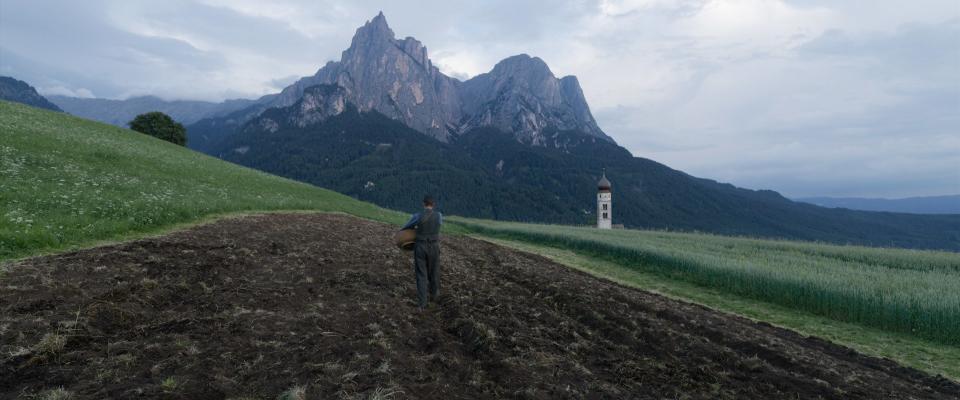
Krawinkel, who has worked on films including Inglourious Basterds and V for Vendetta, says that he and Malick started research a year before they began shooting. “Researching Jägerstätter’s life and speaking to his family and being in the places where it happened constantly gave me goosebumps,” he says. Krawinkel and Malick visited Radegund, including Jägerstätter’s family home there, as well as two of the three prisons where he was held.
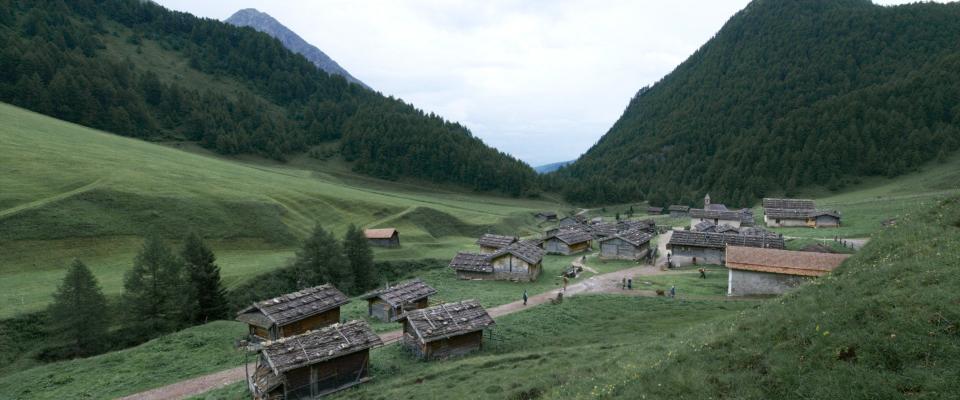
Most of the mountain village scenes, including the town they re-created to become Radegund, were shot in the Italian Alps. “The amazing thing about that part of the world is that most of these farmhouses there look just like they used to look 150 years ago,” Krawinkel says. They also shot some scenes at Jägerstätter’s real home. “That was a big challenge because obviously now his real house doesn’t look as genuine and, let’s say, romantic as we wanted it to be. But we thought it was important to use the real location.”
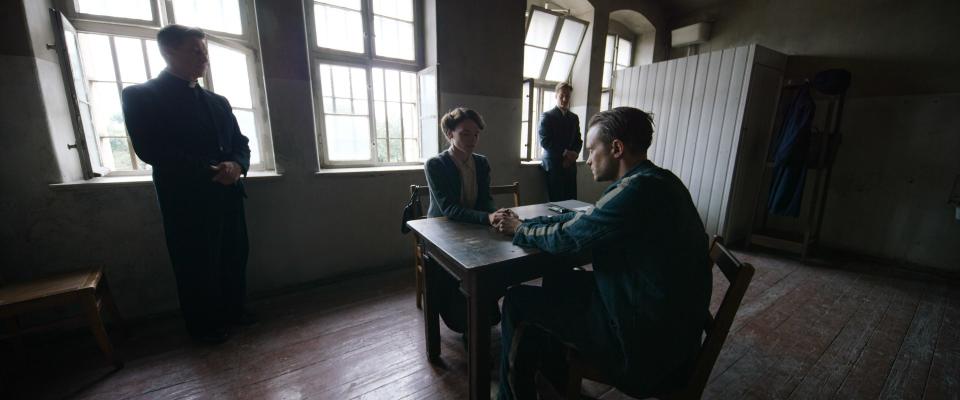
The film alternates between Jägerstätter in prison and his family back in Radegund, trying to keep their farm afloat in his absence. Their hardship highlighted the complexity of his sacrifice. “They were farmers and it was very hard because when Jägerstätter went to prison, there was a strong hand missing, right? So a big part of the story was that his mother and his wife and her sister had to work the fields. We wanted to show their dirty hands, no electricity. You get up in the morning with the sunlight, you work the fields and when the sun goes down you go to bed.”
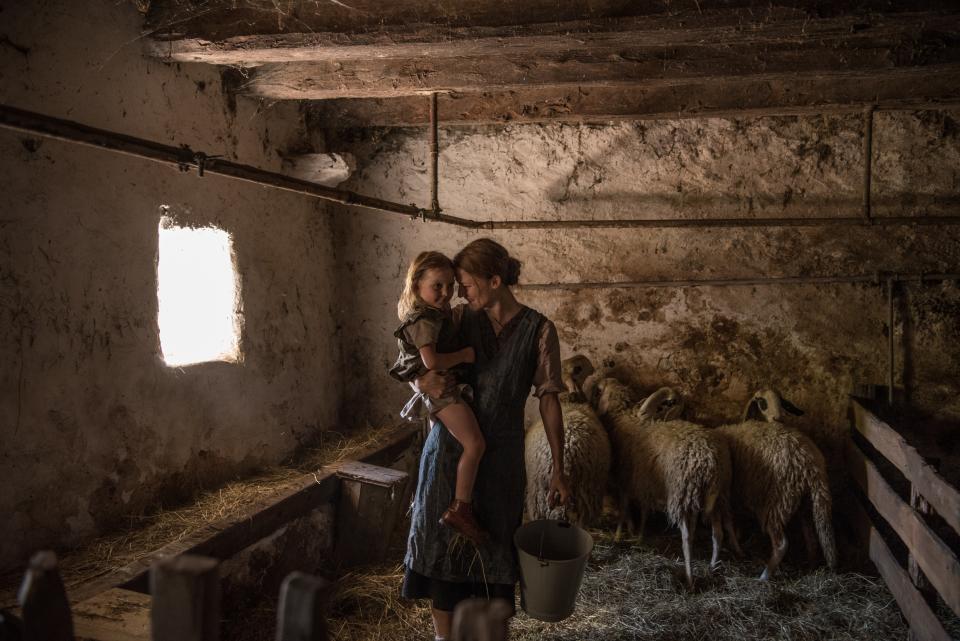
Since the film shows the family farming throughout different seasons, Krawinkel says it was a challenge getting the film schedules right for various harvests. And they used real farm animals—a donkey, a pig, goats, a chicken—and a trained cow to plow the fields, which turned out to be no small feat. “It’s very difficult to get a cow to plow a field. The cow went crazy several times and ran around with this huge plow hanging behind him. It was very dangerous, actually!”
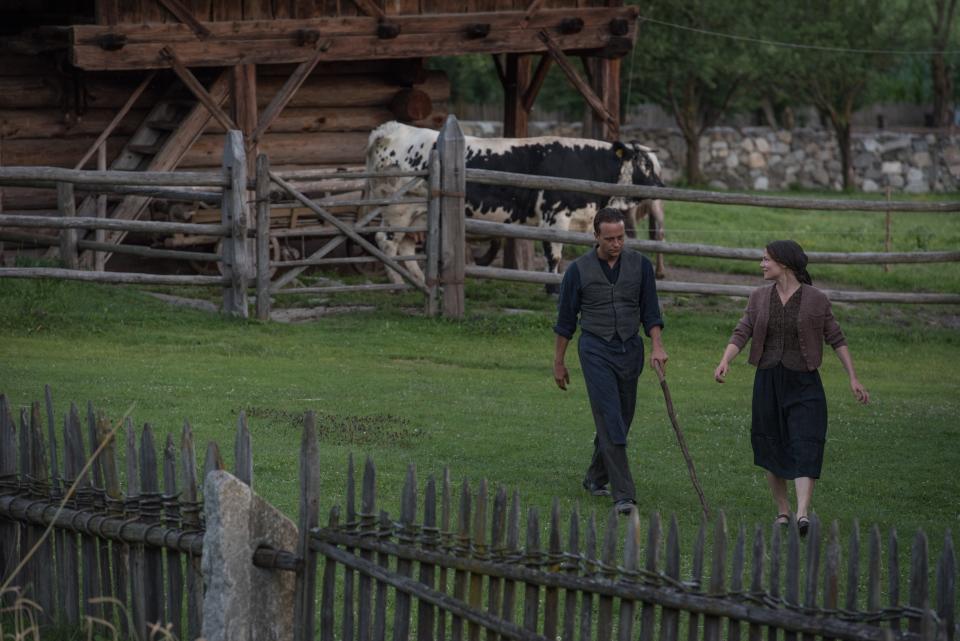
But perhaps the most difficult thing to navigate for the production team was the sheer number of shooting locations. “Normally, when you scout for locations, you have a choice A, B, and C, and the director chooses one,” Krawinkel says. “But when I showed Terrence three, he wanted to shoot at all three! So that basically tripled my work load. And not only with the three main locations—it happened with almost every location.” There were three different Jägerstätter homes, three churches, three prisons.
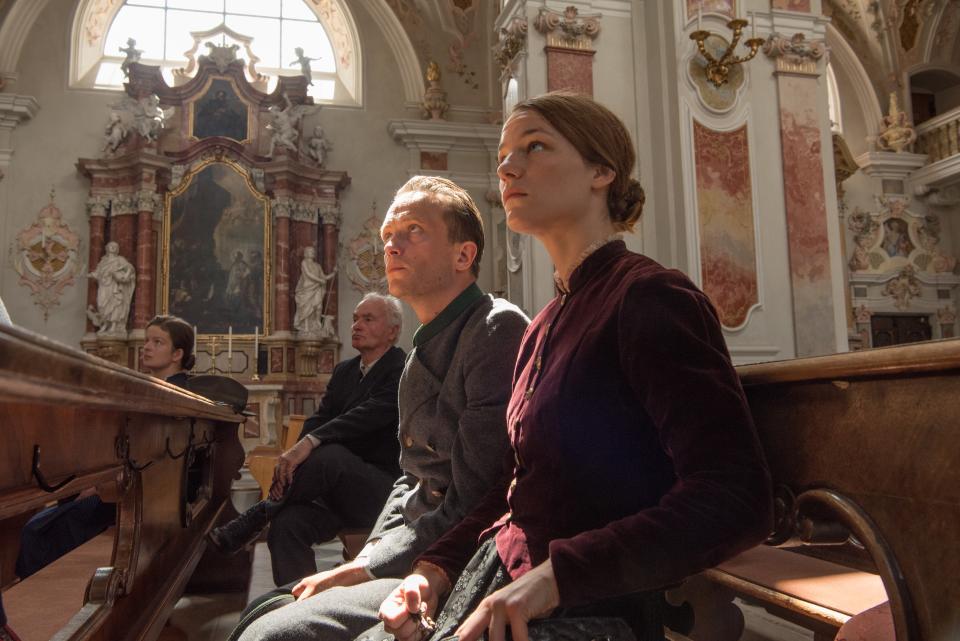
It was all worth it in the end, though. “It’s amazing,” Krawinkel says. “As a production designer, normally you sit in the screening and think, ‘Oh, if only I had made this better, if only I had changed the color of that door, if only this beach hut wouldn’t look like it does.’ But in this film there’s not a single element where I thought, ‘Oh, there’s a mistake.’ That’s because Terrence has an amazing eye and he’s a beautiful judge of beauty. So the way he edited everything, nothing that wasn’t right ended up in the movie.”
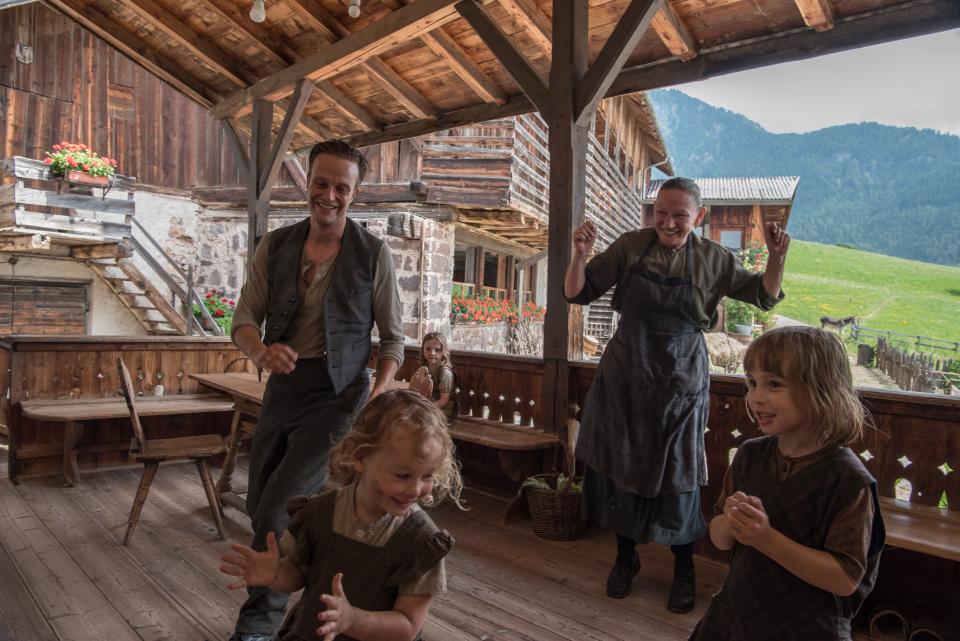
Originally Appeared on Architectural Digest

